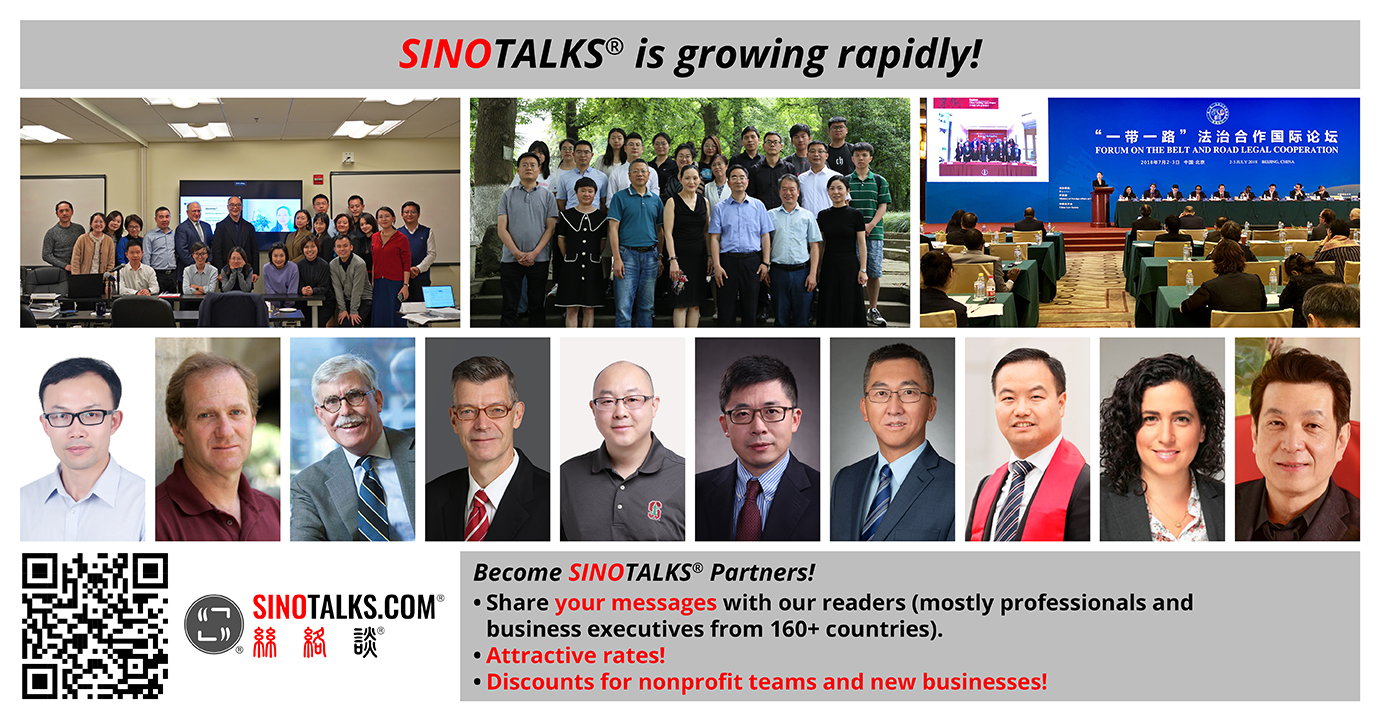How a Trademark Case Helps Illuminate China’s NEW Patent Rules†
Table of Contents
Estimated Reading Time
- 6.3 min

China’s reduction of the reserve requirement ratio for all banks beginning from February 5 has been warmly welcome because this measure is expected to help revive the economy by injecting more cash into the banking system.
Another measure that is likely to help improve China’s economy but seems to have drawn little attention outside the legal community is the release of a set of revised rules to implement China’s Patent Law. If applied effectively, these revised rules have the potential to strengthen China’s patent protection mechanism, making the country more appealing to foreign investors.
China’s NEW Patent Rules
On December 11, 2023, the State Council issued a revised version of its Detailed Rules for the Implementation of the Patent Law of the People’s Republic of China (“Detailed Rules”), which became effective on January 20. The revision is extensive and, as a result, the revised set of rules has 149 articles, compared with 123 articles in the old version.
Among the new articles are nine that aim at harmonizing the Chinese patent system with the Hague Agreement Concerning the International Registration of Industrial Designs (“Hague Agreement”), to which China became a party on May 5, 2022. As explained by the World Intellectual Property Organization (“WIPO”), a specialized agency of the United Nations that administers the Hague Agreement, the agreement “allows industrial designs [(e.g., shapes, patterns, lines, or colors of a product)] to be protected in multiple countries or regions with minimal formalities”.
Essentially, the Hague Agreement enables an owner of an industrial design to efficiently seek protection of the design from multiple Contracting Parties to the agreement—there are nearly 80 in total—by merely filing a single application. To this end, a natural person or legal entity having a connection (e.g., through domicile or incorporation) with a Contracting Party may apply to have an international registration of an industrial design that the person/entity owns by filing with the International Bureau of the WIPO an application in which any Contracting Party whose protection is sought is “designated”.
Each Contracting Party designated by the applicant then examines the industrial design and may refuse protection in accordance with its own law and inform the International Bureau of the WIPO accordingly. The refusal, however, cannot be “on the ground that requirements relating to the form or contents of the international application […] have not been satisfied under the law of the Contracting Party concerned”. This restriction reflects the Hague Agreement’s goal to avoid refusals based on formalities only.
To harmonize with the Hague Agreement, the Detailed Rules specifies that “the State Council’s department of patent administration” shall handle international applications in which China is designated and sets forth related requirements and procedures that the department shall follow.
“The Detailed Rules appears to harmonize with the Hague Agreement quite well. However, potential disharmony may occur.”
The Detailed Rules appears to harmonize with the Hague Agreement quite well. However, potential disharmony may occur. For example, if in the course of examining an international application, the State Council’s department of patent administration cannot, due to the lack of certain crucial information, determine whether the industrial design at issue meets all the substantive requirements of Chinese law, what should the department do?
A Landmark Ruling on Trademarks
In the face of the disharmony described above, the State Council’s department of patent administration may find Guiding Case No. 114 inspiring, even though it is not a patent case.
Guiding Case No. 114 is a trademark case that concerns lawsuits brought by Parfums Christian Dior S.A. (“Dior”) against Chinese trademark authorities. After Dior secured the international registration of its trademark (No. 1221382), it applied, in accordance with the Madrid Agreement Concerning the International Registration of Marks (“Madrid Agreement”) and its protocol, to China, through the International Bureau of the WIPO, to extend the protection of the trademark to the country. The Chinese trademark authorities rejected Dior’s application on the grounds that the applied-for trademark lacked distinctiveness.
The case was ultimately decided by the Supreme People’s Court. The key findings were that the Chinese authorities examined the applied-for trademark as an “ordinary trademark”, even though the international registration recorded it, with a clear description, that it is a “three-dimensional trademark”.
The Supreme People’s Court emphasized that the main purpose of the Madrid Agreement is to, inter alia, “simplify registration procedures” by allowing applicants to “obtain, at the lowest cost, trademark protection in countries where [protection] is needed”. Therefore, Dior’s application designating China should be considered by “basing on relevant materials about the applied-for trademark transferred by the International Bureau to [China]”. And if such application materials lack certain information required by the Regulation for the Implementation of the Trademark Law of the People’s Republic of China, Chinese trademark authorities “should uphold the spirit of actively performing obligations under international treaties and give the applicant reasonable opportunities to provide supplements and make corrections”.
In this case, the Chinese trademark authorities did not give Dior “a reasonable opportunity to provide supplements and make corrections” and they, in the absence of factual bases, examined the applied-for trademark as an ordinary trademark and drew a conclusion unfavorable to Dior. Therefore, the Supreme People’s Court revoked the Chinese trademark authorities’ decision and ordered a new decision to be made.
Guiding Cases No. 114 contains these guiding principles, among others:
1. […] Because an applicant for an international registration of a trademark does not need to apply for registration again in a designated country, the information about an applied-for trademark transferred by the International Bureau of the World Intellectual Property Organization to the Trademark Office of China should be the factual basis for the Trademark Office of China to examine and decide whether the application for the territorial extension protection of the applied-for trademark in China, as designated, can be supported.
2. In a situation where the international registration information about an applied-for trademark lacks only some views [of the trademark] and other formal and important documents as prescribed by the Regulation for the Implementation of the Trademark Law, trademark administrative organs should uphold the spirit of actively performing obligations under international treaties and give the applicant reasonable opportunities to provide supplements and make corrections.
[emphasis added]
“Although Guiding Case No. 114 is not a patent case, the rationales behind the above guiding principles are convincing and could be useful reference […]. ”
Although Guiding Case No. 114 is not a patent case, the rationales behind the above guiding principles are convincing and could be useful reference for the State Council’s department of patent administration when it encounters a situation in which an international application of industrial designs lacks certain crucial information as required by Chinese law. Drawing such reference to optimize the value of the Hague Agreement will be highly valued by foreign investors, whose confidence in the Chinese market will thereby be bolstered.
† The citation of this article is: Dr. Mei Gechlik, How a Trademark Case Helps Illuminate China’s NEW Patent Rules, SINOTALKS.COM®, In Brief No. 40, Jan. 31, 2024, https://sinotalks.com/inbrief/202401-english-trademark-patent.
The original, English version of this article was edited by Nathan Harpainter. The information and views set out in this article are the responsibility of the author and do not necessarily reflect the work or views of SINOTALKS®.
Contact Us
Get Involved
Sponsor/Donate | 赞助/捐赠
Become SINOTALKS® Partners | 成为丝络谈™合作伙伴
Services

